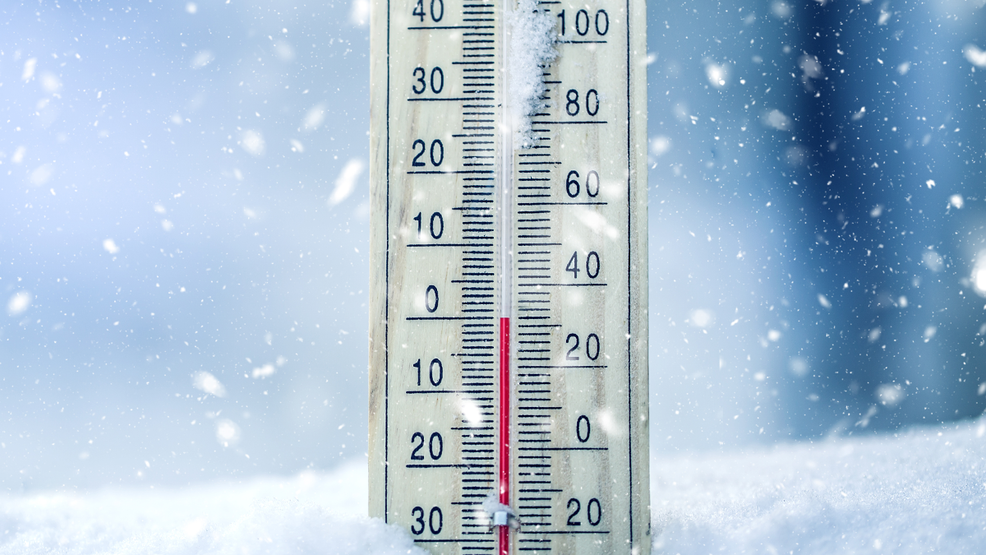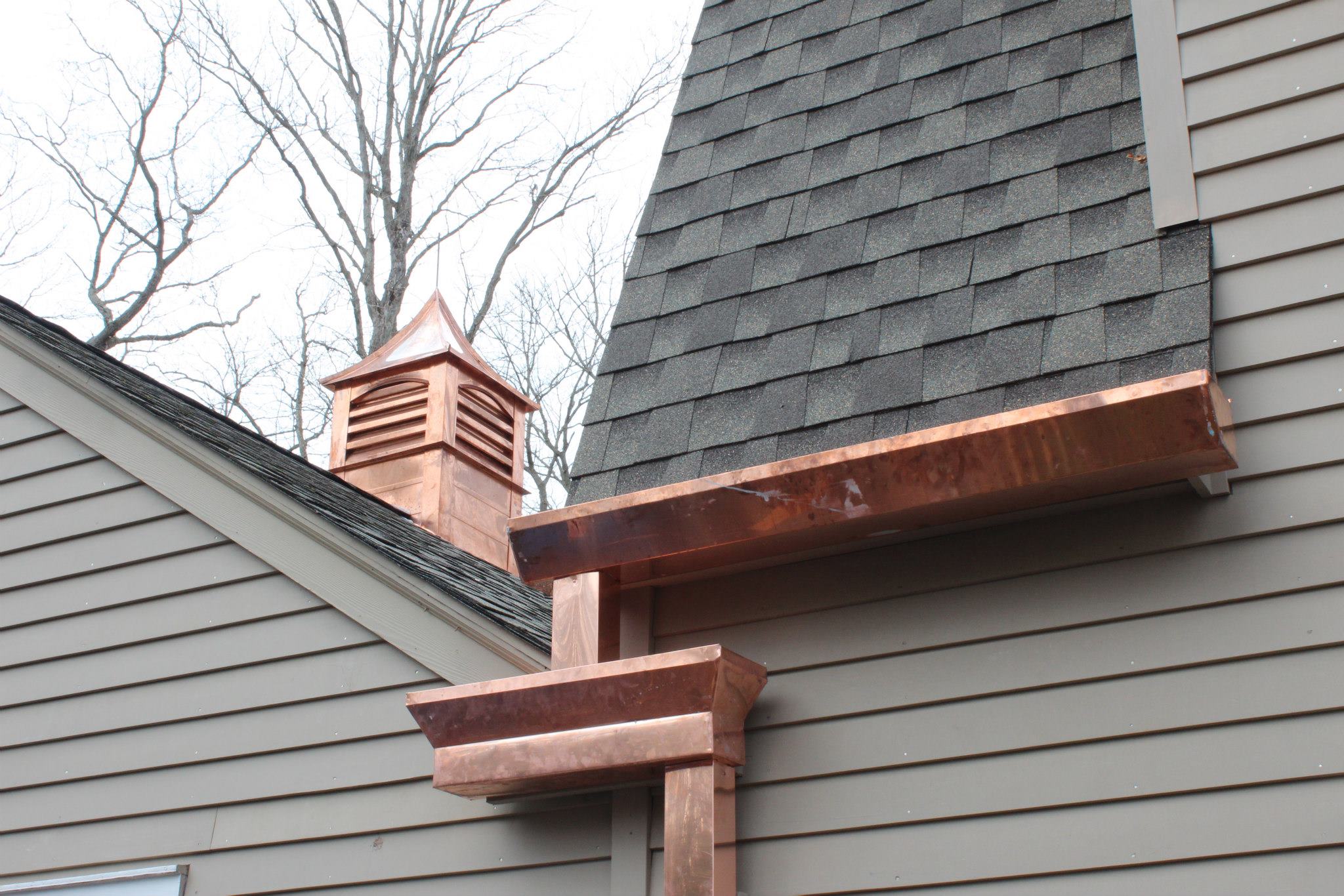Upgrades To Consider If You’re Working On Your Roof
If you’re having work done on your roof, you might want to think about a few upgrades while you have your contractor there. These upgrades will help make your roof more beautiful, functional, and long-lived.
Airtight Chimney Caps
Unlike masonry and metal chimney caps that are designed to keep rain and (if screened) birds and other critters out of your chimney, airtight caps are about saving energy.
When your fireplace is not in use, warm air from inside your home is literally gushing out the chimney when the weather is cold. The damper in your firebox does little to stop it because it is not airtight.
Ask your roofer about installing an airtight chimney cap while the roof is being worked on. These units are spring-activated. To open the chimney cap, you just tug on a steel cable that’s attached to a bracket inside your fireplace. Pull it shut after your fire is completely out. An airtight cap has the added benefit of keeping animals from nesting inside your chimney.
Improved Roof Ventilation
Attics become like furnaces in summer if they are not well ventilated. That heat buildup radiates to the rooms directly below the attic, making them uncomfortable. To keep the attic—and your home—cooler, be sure your roofing contractor installs ridge vents across the top of your roof.
Barely noticeable from the street, ridge vents allow air movement beneath the ridge cap shingles. For ventilation to be effective, soffit vents located under the eaves draw cooler air into the attic as hot air is being expelled.
Gable vents, which are located near the roof peak of exterior walls, may also be needed to ensure adequate airflow. A cooler attic means your home will be more comfortable during the summer without your having to spend a fortune on air conditioning.
Install Low-Maintenance Gutters
While you’re having your home reroofed, it’s also a good time to scrap your old gutters and install new ones—especially if your existing gutters are misaligned or unsightly. Or those gutter guards you bought 10 years ago have seen better days.
It’ll save you from your yearly trip up the ladder to remove all the debris that’s collected in your gutters. And that’s not the only reason, with all the rain we’ve been seeing in the past couple of years we’re noticing more and more pests making their home in gutter systems.
It’s Not Only About The Leaves
Too many, homeowners forget to attend to the gutters. If you allow debris to accumulate here, the resulting buildup can block the free flow of water and allow it to collect, forming a prime breeding ground. You may not be worried about a few itchy bites on your arms and legs. But nowadays, with Zika and West Nile Virus present in many regions, mosquitoes are not only annoying—they can be downright dangerous.
Gutters are a beacon to pests for more than one reason. If the moisture and decaying organic matter in a clogged system isn’t the primary draw, then it’s often the fact that gutters, high above the ground, offer a relatively safe perch. For that reason, wasps, hornets, and bees are known to nest both inside and beneath gutters.
Obviously, no one wants to live next to a colony of stinging insects, but this isn’t solely a quality-of-life issue. The weight of an especially large nest could pull down the gutters, or worse, compromise the roof itself. If you encounter a bees’ nest, therefore, act quickly to remove it, whether on your own or have a qualified pest-control pro do it for you.
As always, if you have any questions about this topic or about your roof in general, give DYMI Construction a call or just drop us a line. We’re always here for you.

